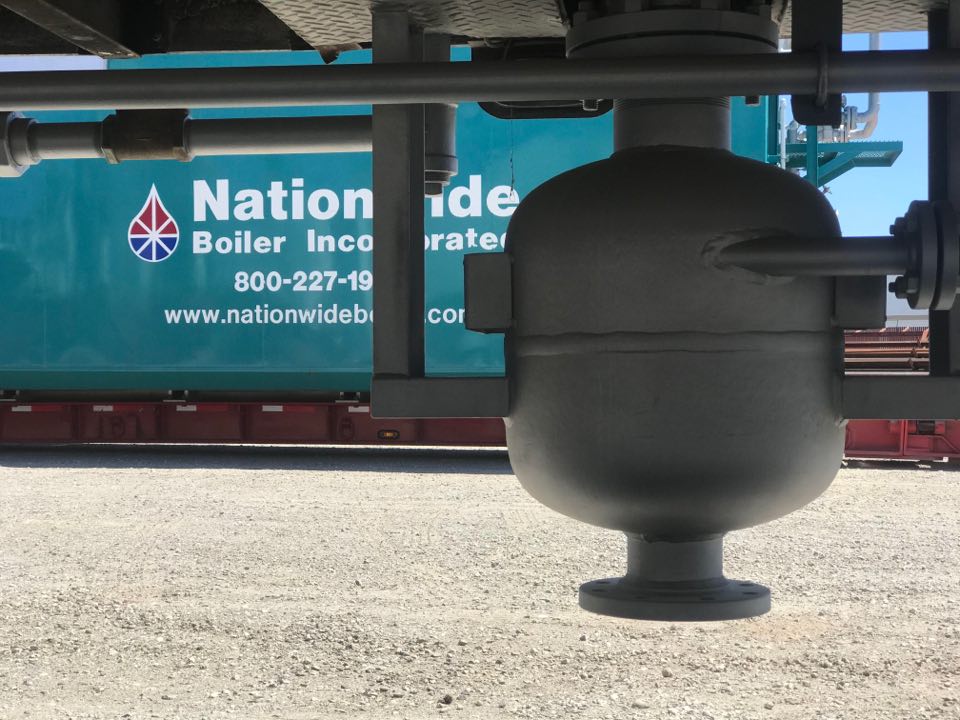In a time as challenging as what we are facing today, giving back is more important now than ever. Non-profits are being hit hard; annual fundraisers are being cancelled or postponed and donations are lacking due to the financial struggles of the economy. In fact, the team at Nationwide Boiler had to make the unfortunate decision to postpone the 40th Anniversary of our Charity Golf Tournament, an event that now raises an average of $50,000 each year. In 2019, the total raised was split between the ABMA Scholarship Fund and Make-A-Wish® Greater Bay Area.
Make-A-Wish® Greater Bay Area is one of the largest and most productive chapters nationwide. In 2019, they granted 347 wishes for local kids with critical illnesses and assisted with a record-breaking 110 wishes for kids from across the world. Since March, the organization has had the painful task of communicating to families that over 80 wishes are on hold until it is safe to commence.
As CEO Betsy Biern stated, “We’re far from alone in experiencing unprecedented challenges during this global pandemic. In a way, the entire world has become a wish family—we’ve received a terrible diagnosis and must put ordinary concerns aside as we face a new and sometimes terrifying reality. During a time like this, I take even more inspiration from our wish kids and their extraordinary resilience. Like them and for them, we will move forward with as much courage and grace as possible under the most difficult of circumstances. There simply is no other option.”
While the organization is currently postponing wishes, they are still taking and processing wish referrals and have definite plans to grant those waiting wishes. They are even looking into ways to grant children’s true wishes virtually.
With the tournament cancellation a reality, we at Nationwide Boiler were determined to find a way to continue our tradition of giving back. Two months after the original scheduled event and time spent analyzing the effects of the pandemic on our business, Nationwide Boiler is excited to be in the position and able to donate $10,000 to Make-A-Wish® Greater Bay Area. Furthermore, three companies who committed early on to sponsoring our tournament have also chosen to contribute their funds, bringing the final endowment to $12,000. A big thanks to Alzeta, DJ Conley, and Wilkinson Companies! If you are interested and able to help support the cause, too, visit www.sf.wish.org.
Nationwide Boiler’s 40th Annual Charity Golf Tournament is now scheduled for May 6 – 7, 2021 at the Pebble Beach Golf Links. We will resume with our “Back to the Eighties” theme as planned, and all funds raised will be in support of both the ABMA Scholarship Fund and Make-A-Wish® Greater Bay Area.
If you are interested in attending our tournament next year, contact our Tournament Chair, Chelsey Ryker, at golf@nationwideboiler.com to be included in our invite list.





